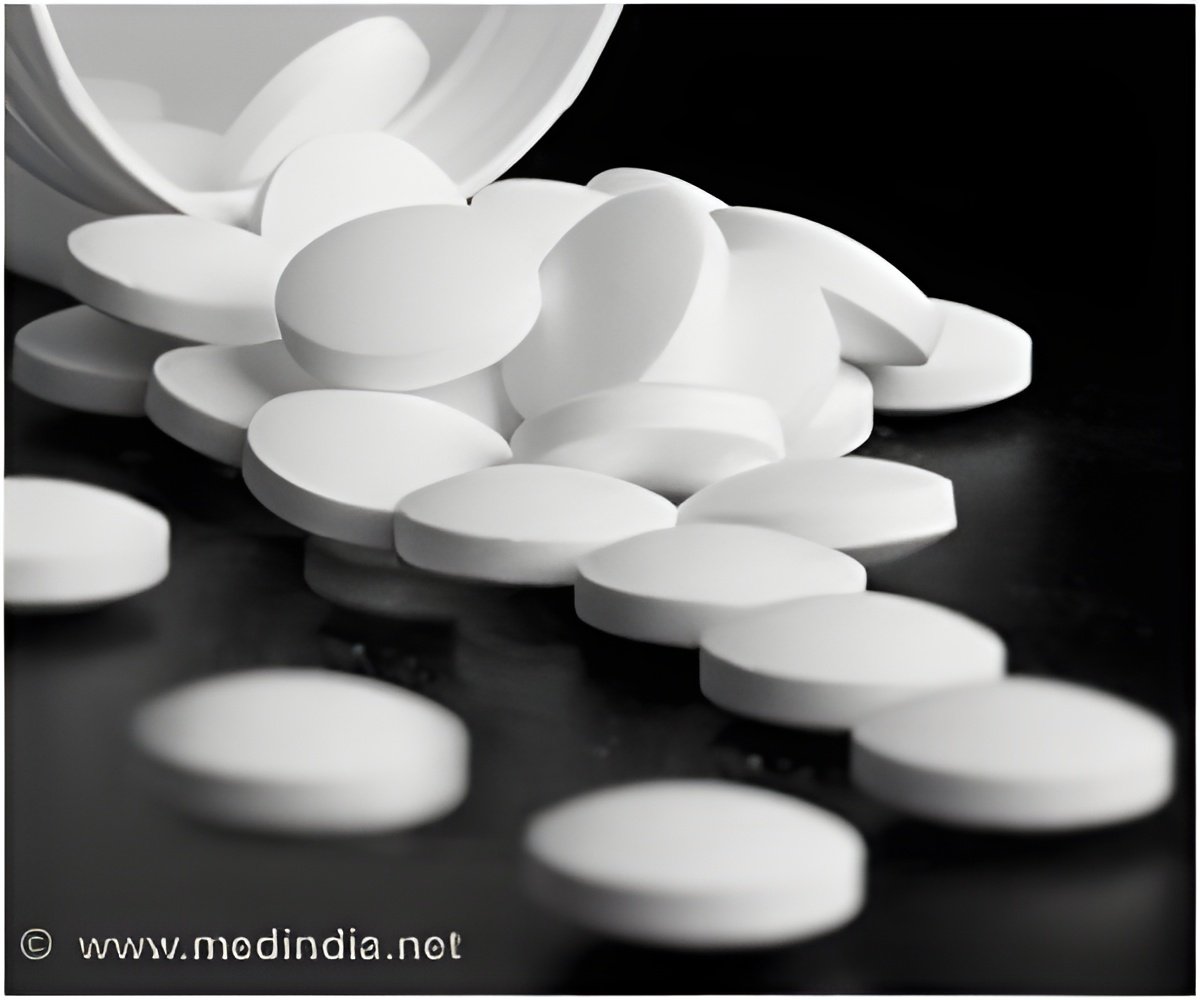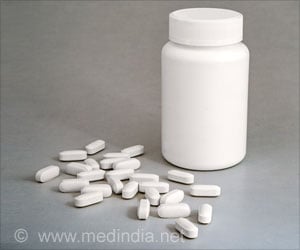A new study suggests that oral ingestion of antibiotics could be behind the rapid rise of drug resistance, leading to possibility that the resistance could be mitigated.

In earlier research, the investigators found a large cache of antibiotic resistance genes carried by nonpathogenic bacteria in many ready-to-consume food items. They also reported rapid development of resistant bacteria in infants who had not been exposed to antibiotics, shortly after birth, suggesting the gastrointestinal tract played a critical role in spreading resistance.
In the new research, the researchers inoculated lab mice with either Enterococcus species or Escherichia coli carrying specific resistance genes. The mice were then given tetracycline or ampicillin antibiotics, either orally, or via injection. Oral administration of antibiotics resulted in rapid rise of resistance genes as measured in the mice' feces. Resistance spread much less, and more slowly when the mice received antibiotics via injection.
The researchers also found that antibiotic resistance genes were not detectable in mice that had not been inoculated with bacteria containing antibiotic resistance genes, regardless of the route of antibiotic administration.
The human death toll from resistance, Wang says, is much higher than the 90,000 figure provided by the Centers for Disease Control and Prevention. The difference is due to the fact that bacterial infection is often the direct cause of death in many patients with chronic diseases, such as HIV/AIDS and cancer.
Besides resistance, recent work has shown that the use of oral antibiotics can reduce the diversity of the gut flora. Abnormalities of the gut flora are associated with multiple non-infectious diseases, including several autoimmune diseases and type II diabetes, according to Jeremy Nicholson of Imperial College, London, UK. Thus, alternatives to oral administration could likely mitigate these kinds of problems, as well.
Advertisement
Wang suggests that it should not be surprising that oral administration would abet the spread of resistance genes, since this route, unlike injection, directly exposes the humongous population of gastrointestinal bacteria to antibiotics. The resulting resistant microbes then get transmitted to the environment via the feces. From there, bacteria containing resistance genes once again gain entry to the food supply, via livestock, or via produce that has been exposed to manure from industrial livestock, as well as contaminated waste and soil, in a vicious cycle.
Advertisement
Source-Eurekalert














